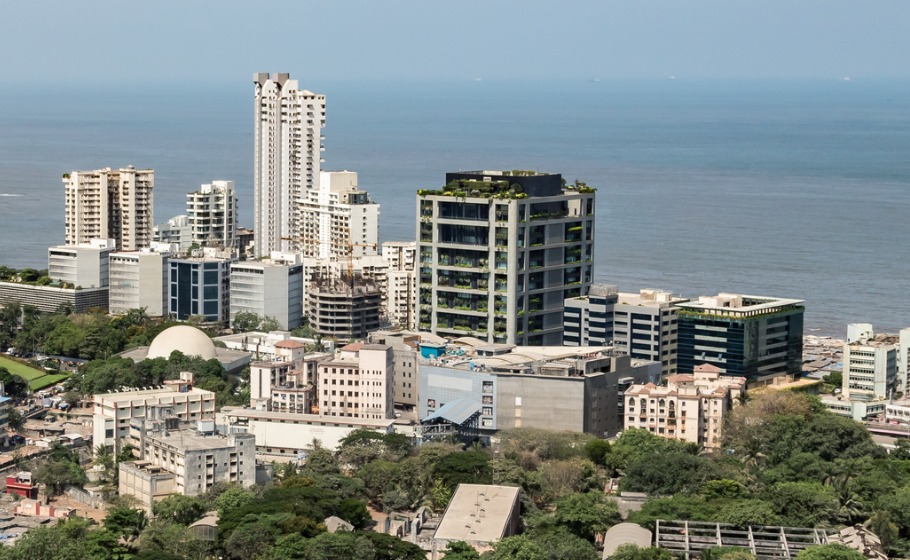
In Mumbai, 90 per cent COVID cases from high-rises, not slums
Majority of COVID-19 cases, nearly 90 per cent are continuing to originate from Mumbai’s signature high-rises and other buildings, while slums account for just 10 per cent of the total active cases recorded in India’s financial capital.

Majority of COVID-19 cases, nearly 90 per cent are continuing to originate from Mumbai’s standard high-rises and other buildings, while slums account for just 10 per cent of the total active cases recorded in India’s financial capital.
According to new data released by the Brihanmumbai Municipal Corporation (BMC), The Indian Express reported that as on April 16, out of Mumbai’s 87,000 active cases, the non-slum areas comprising largely high-rises and standalone buildings registered 79,032 active cases, while slums, on the other hand, had only 8,411 cases.
Also read: COVID vaccine stocks empty at Mumbai centres; Centre to send 17L doses
However, analysts like Neelkant Mishra of Credit Suisse has argued that a sharp spike in cases in high-rises and standalone buildings in this second wave of the pandemic, along with a concerted vaccination drive, could lead to a faster build-up in seroprevalence. This can likely to be followed by a fall in cases.
Meanwhile, the BMC has decided to modify its new standard operating procedure (SOP) with this latest information on the geographical spread of COVID-19 cases.
Also read: Mumbai takes over nursing homes, as COVID situation worsens in India
On April 5, in a new SOP, housing societies were declared as micro containment zones if they had more than five active cases. But, now, office bearers of housing societies have been given the responsibility of ensuring that COVID-19 guidelines are followed. BMC, which has held meetings with housing societies members to clarify the micro containment rules, is also closely monitoring if building residents are violating COVID safety protocols. An FIR was even registered against the residents of a building, who were seen loitering outside despite being COVID positive, said the Indian Express report quoting a BMC official.
The BMC has sealed nearly 273 buildings so far in this second wave, which are incidentally largely high-rise buildings as “micro-containment” zones in Mumbai. And, over 20 lakh people live in these micro-containment zones and sealed floors.


